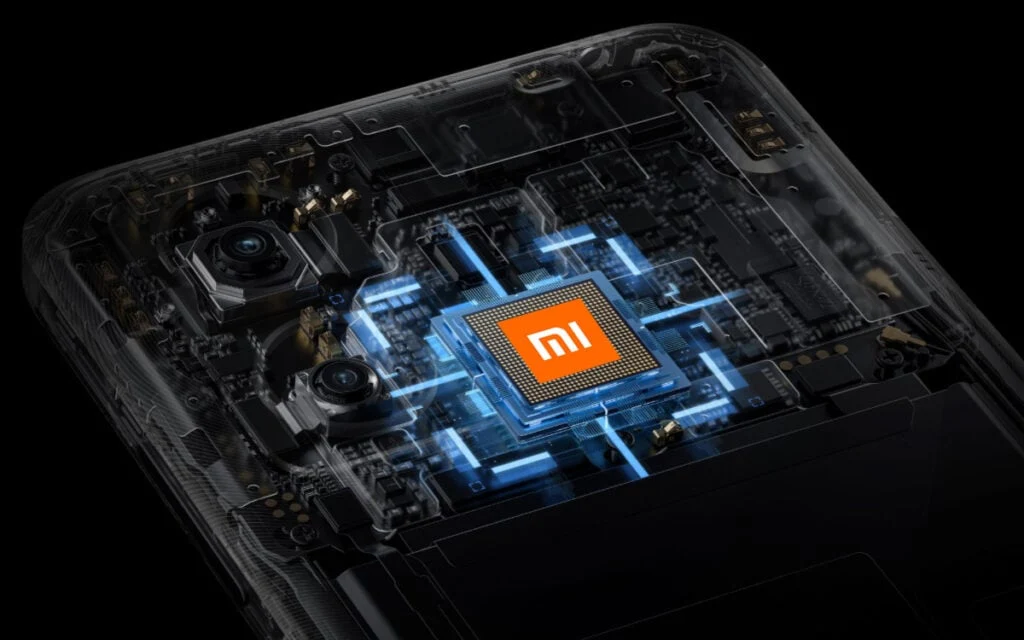Key Takeaways
1. Xiaomi is making a comeback in chip development, focusing on its own System on Chip (SoC) for smartphones.
2. The new chip will use TSMC’s N4P node, balancing performance and production efficiency rather than adopting a cutting-edge 3nm design.
3. It features an octa-core CPU with a configuration of 1+3+4, aimed at upper mid-range devices, likely debuting in the Xiaomi 15S in 2025.
4. The SoC is expected to include an Image Signal Processor (ISP) and may source components like the 5G modem from other companies, reducing reliance on Qualcomm and MediaTek.
5. Geopolitical factors, particularly U.S. export regulations, could impact Xiaomi’s access to advanced manufacturing techniques and production timelines.
After previously stepping away from developing chips, Xiaomi is said to be gearing up for a strong comeback in the in-house System on Chip (SoC) arena. Recent leaks have shed light on what might be the company’s next effort in creating its own smartphone processor.
Chip Design Details
Contrary to earlier speculations suggesting a cutting-edge 3nm design, tipster Fixed Focus Digital (shared via Jukanlosreve on X) claims that Xiaomi’s first Arm v9-based chip will utilize TSMC’s N4P node instead. This more established and cost-effective process indicates that Xiaomi aims for a balanced strategy, prioritizing both performance and production efficiency as it makes a significant return to chip production.
CPU and GPU Specs
The leaked specifications reveal an octa-core CPU arrangement in a 1+3+4 configuration. It includes one high-performance Cortex X925 core operating at 3.2GHz, three Cortex A725 cores clocked at 2.6GHz, and four energy-efficient Cortex A520 cores running at 2.0GHz. While this may not indicate flagship-level performance, it seems well-suited for upper mid-range devices, possibly debuting in the anticipated Xiaomi 15S, expected in 2025.
On the graphics front, the SoC is reported to incorporate an Imagination Technologies IMG DXT72 GPU running at 1.3GHz. Surprisingly, early projections suggest that it could even surpass the Adreno 740 in the Snapdragon 8 Gen 2, hinting at strong graphics capabilities.
Integration and Supply Chain
Xiaomi is also likely to include its own Image Signal Processor (ISP), with other components such as the 5G modem and DSP possibly sourced from MediaTek, Synopsys, or even Huawei, depending on availability and geopolitical considerations.
Creating an in-house SoC aligns with Xiaomi’s larger goal of minimizing dependence on third-party chipmakers like Qualcomm and MediaTek. This strategy not only provides more control over hardware-software integration but also positions Xiaomi to better navigate supply chain dynamics and manage production costs. However, the geopolitical environment, especially U.S. export regulations, could affect Xiaomi’s ability to access advanced manufacturing techniques, potentially impacting production timelines and capabilities.
As the expected launch date draws nearer, additional detailed information is anticipated to surface, offering deeper insights into Xiaomi’s strategic direction and the potential influence of its custom SoC on the smartphone market.
Source:
Link



Leave a Reply